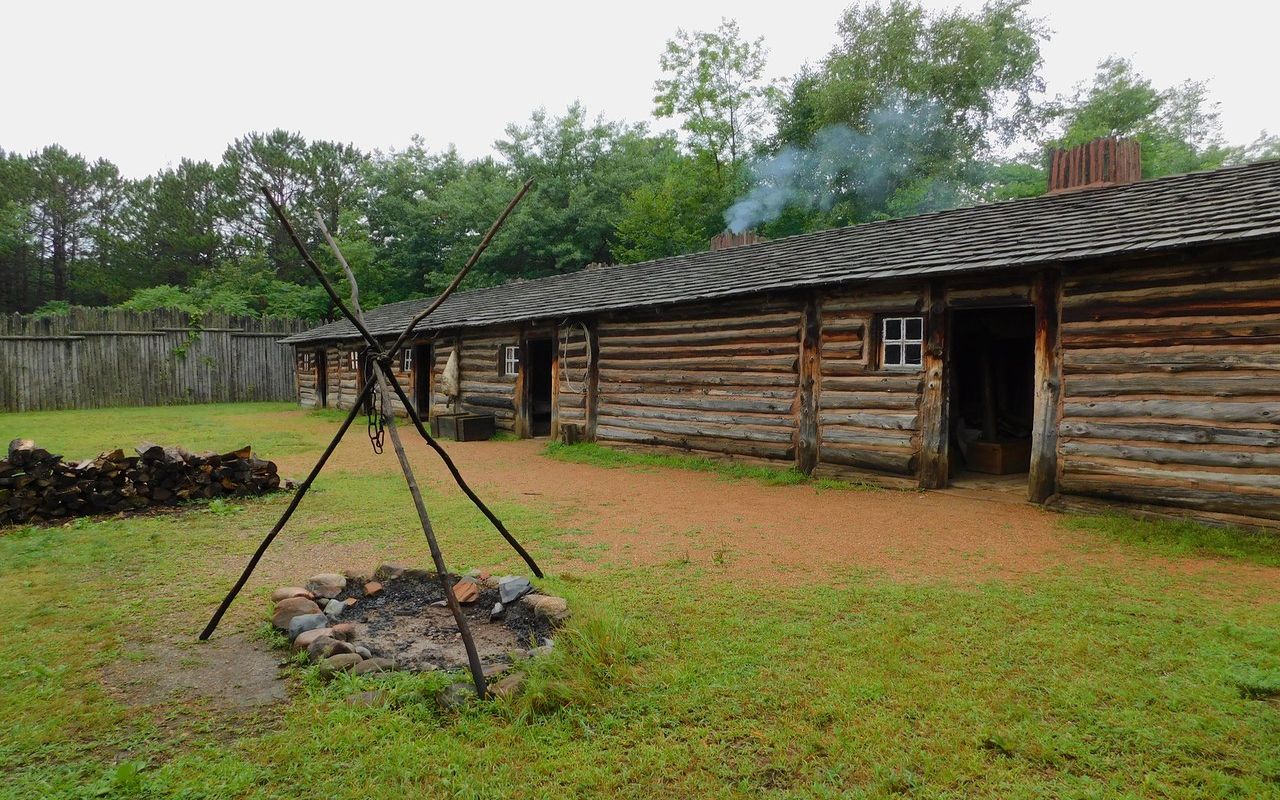Secrets Of Minnesota’s Fur Trading Posts

Have you ever wondered about the rich history of Minnesota's fur trading posts? These historic sites offer a glimpse into the past, where trappers and traders exchanged goods and stories. Imagine walking through the same paths where Native Americans and European settlers once bartered for furs, tools, and other essentials. Minnesota's fur trading posts are more than just relics; they are windows into a time when the fur trade shaped the region's economy and culture. Whether you're a history buff or just curious, exploring these sites can be a fascinating journey through time. Let's dive into the secrets and stories that make these places so special.
Discovering Minnesota's Fur Trading History
Minnesota's fur trading posts offer a fascinating glimpse into the past. These historic sites tell stories of adventure, commerce, and cultural exchange. Let's explore some of the most intriguing fur trading posts in Minnesota.
Grand Portage National Monument
Grand Portage National Monument is a must-visit for history buffs. This site was a key hub for fur traders and Native American tribes.
- Historic Depot: The reconstructed depot showcases the daily life of traders.
- Great Hall: This building served as a meeting place for traders and Native Americans.
- Heritage Center: Learn about the Ojibwe people and their role in the fur trade.
North West Company Fur Post
Located in Pine City, the North West Company Fur Post offers a hands-on experience of the fur trade era.
- Visitor Center: Start your visit with exhibits on fur trading history.
- Reconstructed Trading Post: Step back in time and see how traders lived and worked.
- Guided Tours: Knowledgeable guides bring the history to life with engaging stories.
Snake River Fur Post
The Snake River Fur Post in Pine City is another gem that offers a rich historical experience.
- Interactive Exhibits: Engage with displays that illustrate the fur trade's impact.
- Reenactments: Watch live demonstrations of trading practices and daily life.
- Nature Trails: Explore the surrounding area and imagine the journeys of traders.
Sibley Historic Site
The Sibley Historic Site in Mendota is one of Minnesota's oldest settlements, offering a unique look at early fur trading.
- Sibley House: Visit the home of Henry Hastings Sibley, a prominent fur trader.
- Faribault House: This house belonged to another key figure in the fur trade, Jean-Baptiste Faribault.
- Educational Programs: Participate in workshops and events that delve into the fur trade era.
Mille Lacs Indian Museum and Trading Post
This site combines a museum with a historic trading post, providing a comprehensive view of the fur trade and Native American culture.
- Museum Exhibits: Discover artifacts and stories from the fur trade period.
- Trading Post: See a replica of a 1930s trading post and learn about its operations.
- Cultural Programs: Attend events that highlight the traditions and history of the Mille Lacs Band of Ojibwe.
Historic Fort Snelling
Fort Snelling played a significant role in the fur trade and early Minnesota history.
- Visitor Center: Begin your visit with an overview of the fort's history.
- Reconstructed Fort: Explore the fort's buildings and learn about its military and trading functions.
- Living History Programs: Experience the past through reenactments and interactive exhibits.
Fond du Lac Trading Post
The Fond du Lac Trading Post near Duluth offers a glimpse into the fur trade's impact on the region.
- Historic Site: Visit the location where traders and Native Americans exchanged goods.
- Interpretive Trails: Walk the trails and learn about the area's history through informative signs.
- Cultural Events: Participate in events that celebrate the heritage of the fur trade.
Lac qui Parle Mission
Lac qui Parle Mission in Montevideo provides insight into the fur trade's influence on missionary work and Native American relations.
- Mission House: Tour the house where missionaries lived and worked.
- Interpretive Center: Learn about the mission's role in the fur trade and its impact on local tribes.
- Historical Programs: Engage with programs that explore the intersection of fur trading and missionary efforts.
Minnesota's Fur Trading Legacy
Minnesota's fur trading posts offer a glimpse into a fascinating past. These historic sites reveal the stories of traders, Native Americans, and explorers who shaped the region. Visiting places like Grand Portage, Snake River, and North West Company Fur Post brings history to life. Each location has unique tales and artifacts that showcase the fur trade's impact on Minnesota's development.
Exploring these sites provides a deeper understanding of the state's cultural heritage. The fur trade played a crucial role in establishing trade routes, fostering relationships, and influencing local economies. Today, these posts serve as educational resources and tourist attractions, preserving the legacy of Minnesota's early days.
Plan a trip to these historic sites to experience the rich history firsthand. It's a journey through time that highlights the significance of the fur trade in shaping Minnesota.

